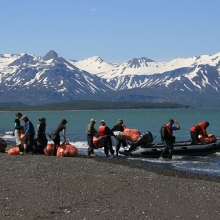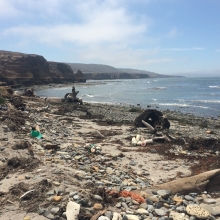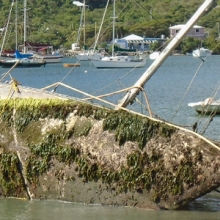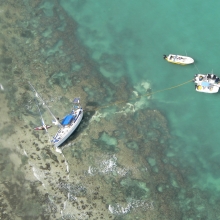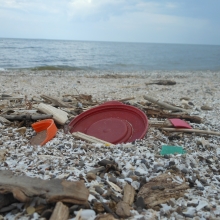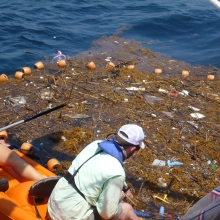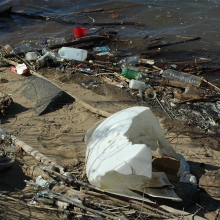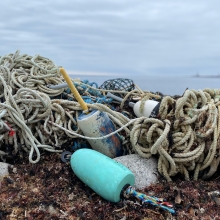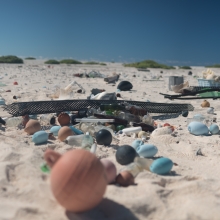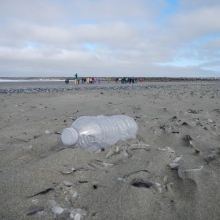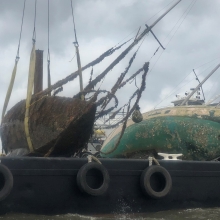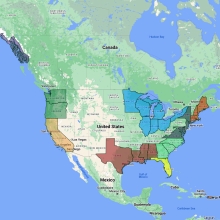The National Oceanic and Atmospheric Administration Marine Debris Program is the United States Government’s lead for addressing the impacts of marine debris on our ocean, waterways, and Great Lakes. We work with organizations around the United States and globally to prevent marine debris from entering the environment, remove it from coastal areas, better understand the problem through research and shoreline monitoring, and respond to debris created by disasters. Learn more about the Marine Debris Program here.
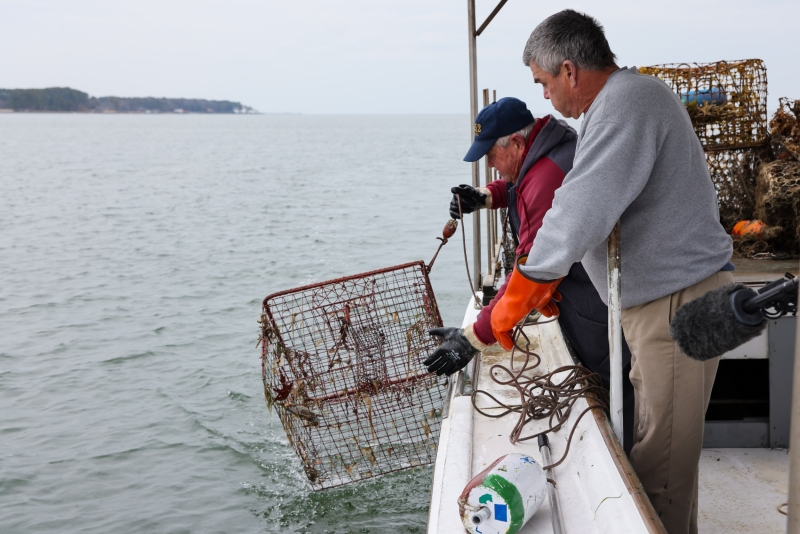
Crabbers and Scientists Collaborate to Remove Abandoned Fishing Gear and Protect Blue Crabs Along the Mid-Atlantic Coast
Commercial crabbers from Maryland, New Jersey, and Virginia are collaborating with scientists from Stockton University in New Jersey and the William and Mary’s Batten School and the Virginia Institute of Marine Science (VIMS) to reduce derelict fishing gear and support the Mid-Atlantic’s productive blue crab fishery. With support from the NOAA Marine Debris Program, these two projects help sustain crabbers by providing employment opportunities during the fishing off-season. Crabbers help develop solutions to minimize trap loss, identify and remove lost pots in the water, salvage usable pots, and return costly gear to the commercial crabbing community. The winter crab trap recovery season recently came to a close, and both projects achieved significant milestones.
Marine Debris Program Regions
In this section, you can find state or region-specific information on current marine debris projects and activities. Marine debris impacts every U.S. coastal state and territory. In order to address it, the NOAA Marine Debris Program positions coordinators around the country to provide local expertise and guidance to marine debris stakeholders.
 An official website of the United States government.
An official website of the United States government. 
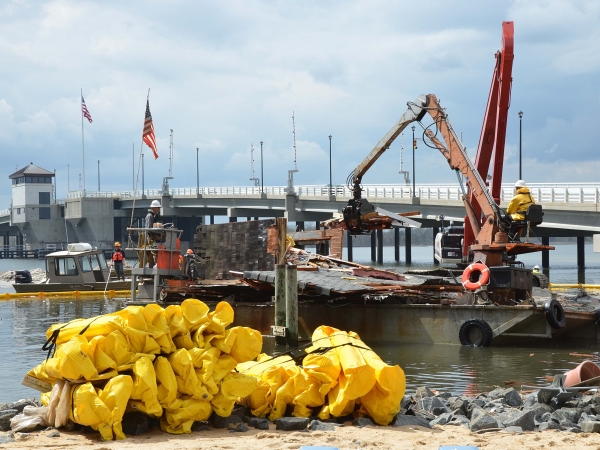 Prepare for hurricane season with the United States Marine Debris Emergency Response Guide: A National-Level Comprehensive Guide
Prepare for hurricane season with the United States Marine Debris Emergency Response Guide: A National-Level Comprehensive Guide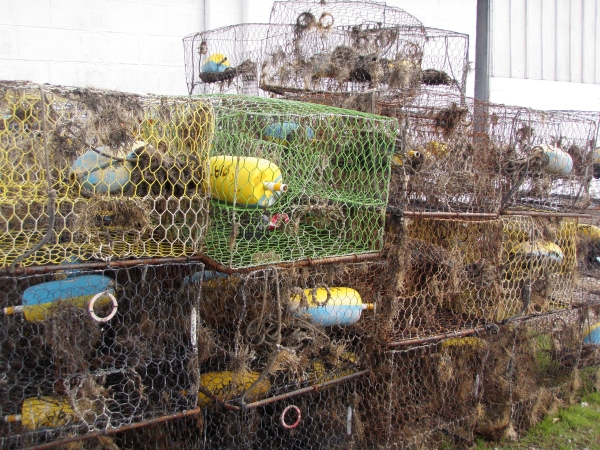 First Round of Projects Announced Under the Nationwide Fishing Trap Removal, Assessment, and Prevention (TRAP) Program
First Round of Projects Announced Under the Nationwide Fishing Trap Removal, Assessment, and Prevention (TRAP) Program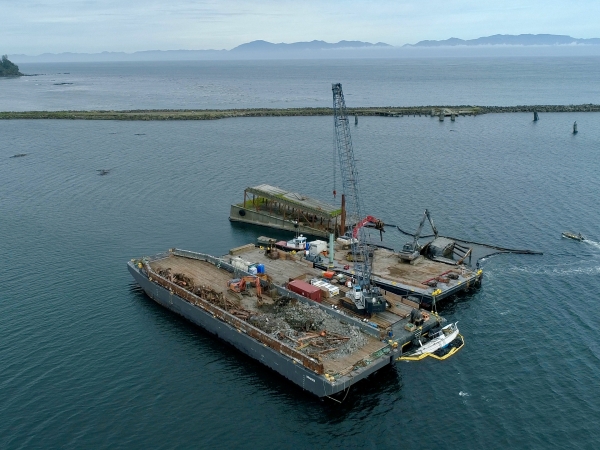 Working with Tribes to Remove Marine Debris
Working with Tribes to Remove Marine Debris